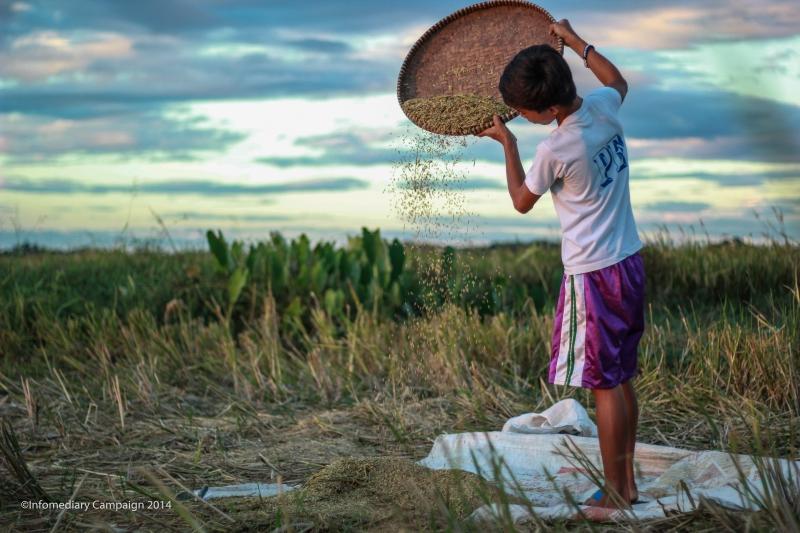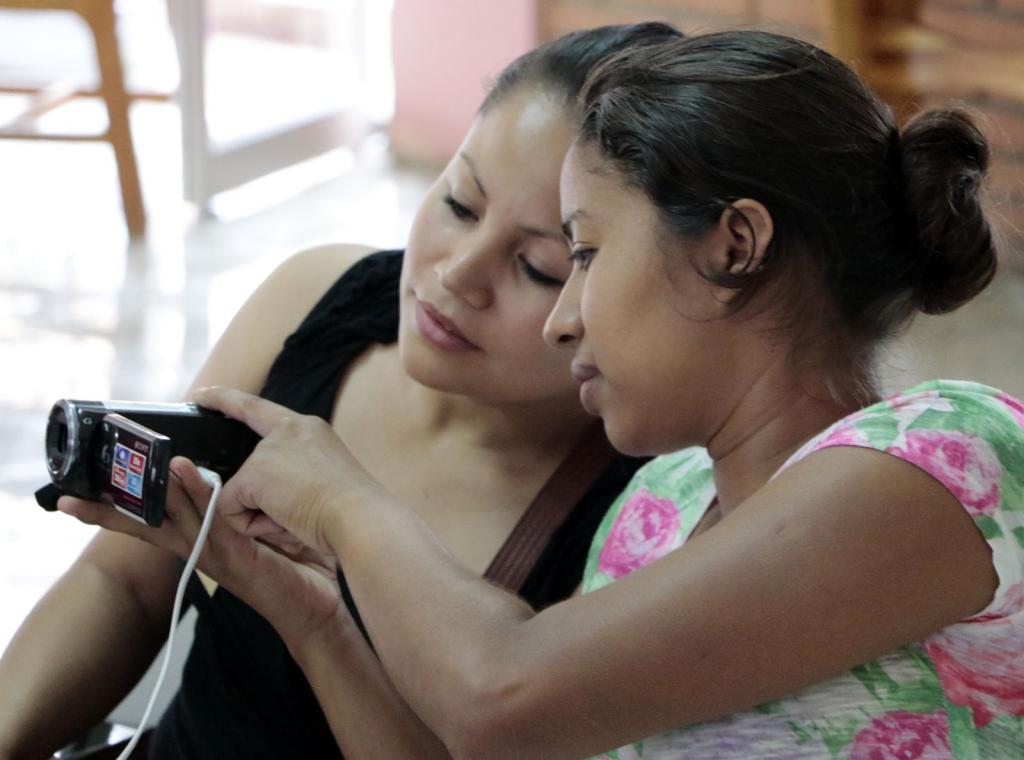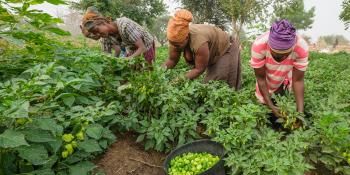Climate change: a grown-up topic for all ages

“We’ll talk about that when you’re a grown-up”, we’ve all heard this one before. But, climate change is such a grown-up topic and we cannot wait until we are all grown-ups.
It is commonly stated that the next generation of farmers will suffer even harder from the consequences of the changing climate than the current one. Why is it then that, while designing future climate policies and development strategies, we often forget to include this next generation or think they have nothing valuable to add? We cannot speak of social inclusion if we forget to include a major part of the population.
“At the CGIAR Research Program on Climate Change, Agriculture and Food Security (CCAFS), we look at how the needs and preferences of women and youth map onto Climate Smart Aagriculture (CSA) practices. We focus on youth through our wider social inclusion strategy and evaluation of impacts and look at strategies to actively involve them in CSA adaptation and livelihoods strategies” says CCAFS’ Gender and Social Inclusion leader Sophia Huyer.
For example, when assessing vulnerabilities, adaptive capacities and past and current adaptive strategies of agroforestry systems, we take into account the perspectives of adult men, adult women, young men and young women. This is done in a CCAFS project where transformative agroforestry, water harvesting, and livestock nutrition are tested in relation to the constraints and challenges faced by marginalized groups, including youth.
We are also building opportunities for youth in entrepreneurship and value chains. For example, CCAFS works with Young Professionals for Agricultural Development (YPARD) to develop a series of round tables to strengthen the capacity of West African youth in promoting agribusiness, farm enterprises and economic transformation.
An innovative example is building the capacity of rural youth in Nicaragua on the use of Participatory Video to express their concerns on climate change, food security and social issues. Youth participants expressed that they felt empowered handling a tool, such as a camera, that made the community and the elders listen to them. In return, the elders were pleasantly surprised that the youth in their community are much more knowledgeable than they thought.
Participatory Video workshop in Estelí, Nicaragua. Young rural women teach each other how to use a camera. Photo: M. Koningstein (CIAT)
Other activities focusing on youth include partnerships with the Youth and Small Entrepreneur Self Employment Fund (YSEF) and the Ministry of Finance in Nepal which build the capacity of 7500 women and youth with training on climate change adaptation .
Sophia underlines the “potential of youth as “infomediaries” or transmitters of information to their families and communities to encourage their increased participation in household decision making”.
An example is the CCAFS project in the Philippines where high school students shared information on cost-reducing and yield-enhancing technologies for rice farming with farmers in their community. Currently, 81 schools in the Philippines are teaching modules on rice production and information hubs.

Students as information providers in the rice farming communities in the Philippines. A campaing conducted by Infomediary in collaboration with CCAFS. Photo: Infomediary Campaign 2014
We are not waiting for youth to become adults. Instead, we include and listen to them as we address climate-based challenges and seek out solutions.
Manon Koningstein is a Research Associate & Communications Specialist for the CIAT/CCAFS Gender & Climate Change team.
This blog had been edited by Catherine Hill, Programm Officer for Gender and Social Equity at CCAFS.




